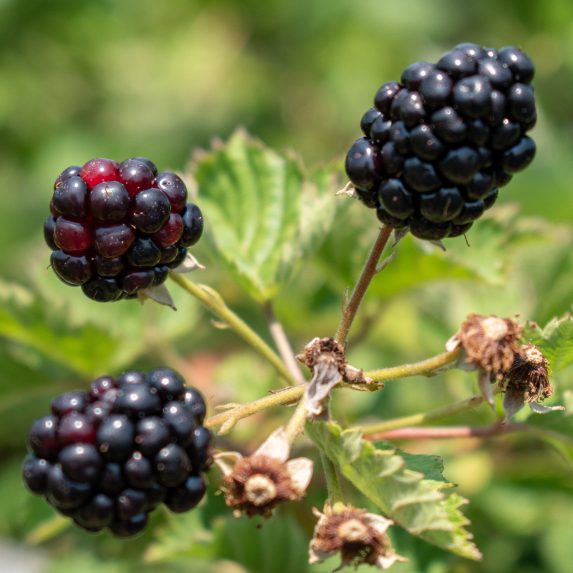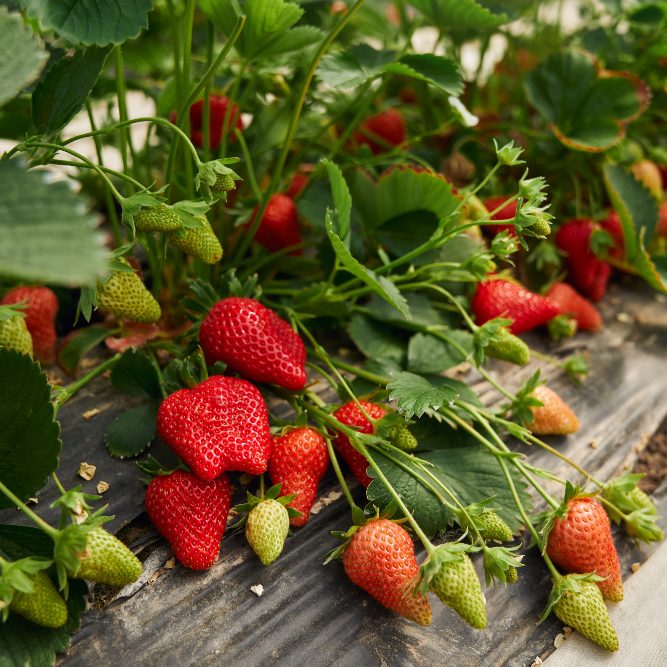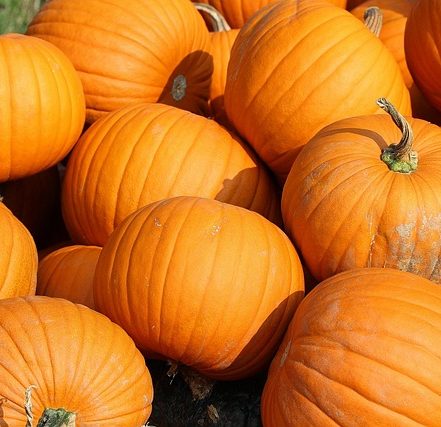Soft fruits, with their vibrant colours and delicious flavours, are a delightful addition to any garden. From the tangy sweetness of raspberries to the rich, juicy taste of strawberries, these fruits are relatively easy to grow, even for novice gardeners. This guide provides essential tips for cultivating a bountiful harvest.
Fruit bushes can be planted in containers at any time of year. However, spring (March or April) is a particularly good time, as the roots soon grow and establish into the new compost.
Choosing the Right Location:
- Sunlight: Soft fruits generally thrive in sunny locations, requiring at least six hours of direct sunlight daily.
- Soil: Well-drained, fertile soil is crucial. Incorporate organic matter, such as compost or well-rotted manure, to improve soil structure and fertility.
- Shelter: A sheltered spot, protected from strong winds, is ideal, particularly for delicate plants like raspberries and blackberries.
Planting Times and Techniques:
- Strawberries:
- Planting is best done in spring or autumn.
- Space plants approximately 30-45cm apart in rows.
- Ensure the crown of the plant is at soil level.
- Raspberries:
- Planting occurs during the dormant season, typically autumn or winter.
- Space plants about 45-60cm apart in rows.
- Support canes with wires or a trellis system.
- Blackberries:
- Plant in autumn or spring.
- Provide ample space, as they can spread vigorously.
- Support with a sturdy trellis or fence.
- Blueberries:
- Plant in autumn or spring.
- Require acidic soil (pH 4.5-5.5).
- Space plants about 1.5m apart.
- Currants:
- Plant in autumn or winter.
- Space plants roughly 1.5m apart.
- Pruning is important to maintain shape and yield.
Key Tips for Beginners:
- Soil Preparation: Use a good-quality compost, like John Innes No 3, or multi-purpose compost mixed with one-third by volume grit or perlite. Incorporate controlled-release fertiliser pellets, or feed fortnightly with a high-potassium liquid tomato feed.
- Watering: Soft fruits require consistent moisture, especially during flowering and fruiting periods. Water deeply and thoroughly, ensuring the water reaches the root zone. Avoid over-watering, as this can lead to root rot. Utilise a soaker hose or drip irrigation system to deliver water directly to the roots, minimising evaporation.
- Feeding: Feed with Miracle-Gro Performance Organics Fruit & Veg Plant Food for tastier and more abundant produce, or choose Tomorite.
- Pest and Disease Management: There are some natural ways to keep pesky pests from damaging your fruits, such as ‘companion planting’. This means planting things like marigolds, nasturtiums, basil, onions or garlic near your soft fruits to distract harmful bugs
- Root-bound: To avoid the roots becoming pot bound, re-pot every year or alternate years after leaf fall. Once in its final pot, a plant can be root-pruned every other year with 30 per cent of the compost refreshed. In intervening years, replace the top layer of compost
- Mulching: Apply a layer of organic mulch, such as wood chips, straw, or compost, around the base of the plants. Mulch helps retain soil moisture, suppress weed growth, regulate soil temperature, and add nutrients to the soil as it decomposes. Ensure the mulch does not come into direct contact with the plant stems to prevent rot.
Production Chart:
The RHS fruit production chart is a fantastic resource to help you plan your fruit growing activities, please click here for the chart.
Utilising the Harvest:
- Enjoy fresh as a healthy snack.
- Make jams, jellies, and preserves.
- Bake into pies, crumbles, and cakes.
- Freeze for later use in smoothies or desserts.
- Make fruit infused drinks.




